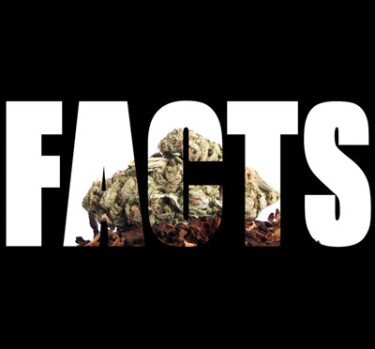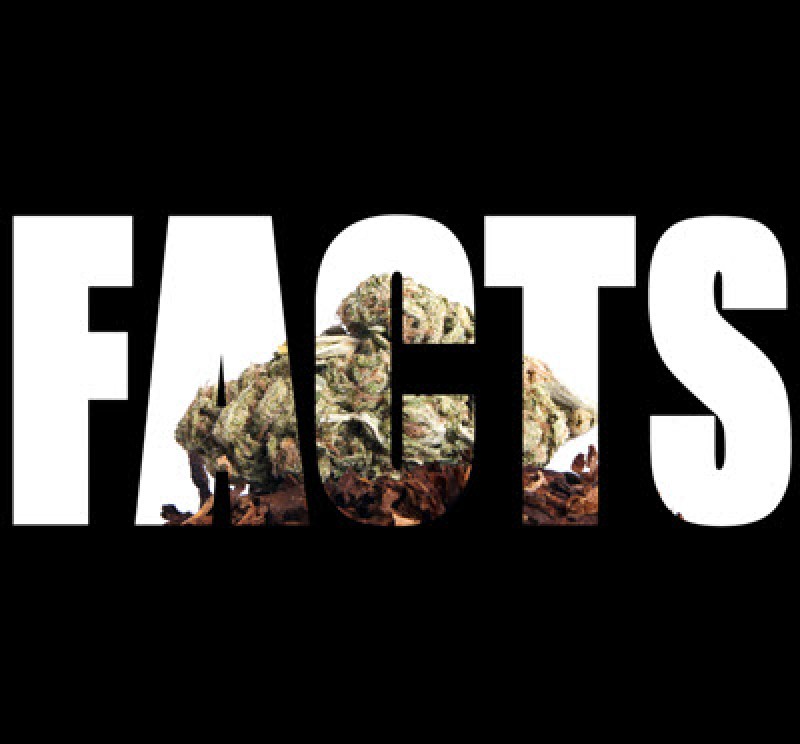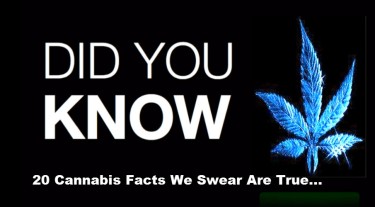
The U.S. has had a love-hate relationship with cannabis throughout the decades. Until the early 20th century, marijuana was legal across the nation. However, the Marihuana Tax Act of 1937 made it illegal to produce and sell the cannabis plant.
Yet, perspectives have changed, and various health benefits have been identified since cannabis was banned and criminalized. For these reasons, many U.S. states have legalized the production, sale, and use of medical marijuana, and many more are legalizing the cannabis plant for recreational use.
As medical marijuana and hemp that doesn’t exceed 0.3% THC is now legal in many states, and laws are likely to change in its favor in the future, it is time to familiarize yourself with its rules, statistics, and grey areas. Check out these nine facts you might not know about legal cannabis.
1. Medical Marijuana is Legal in 29 U.S. States
Medical marijuana can potentially improve the quality of life for people living with a painful or debilitating health condition or injury. For example, it may alleviate pain and discomfort after surgery, breaking a bone, or when living with a chronic condition, such as arthritis or multiple sclerosis. Also, patients living with Parkinson’s disease have reported that medical marijuana helped to reduce their tremors, and people living with endometriosis, fibromyalgia, and interstitial cystitis have stated they’ve experienced an improvement in their health following its use.
As medical marijuana can seemingly provide patients with many health benefits, it has become legal in 29 U.S. states and Washington, D.C., Guam, and Puerto Rico. Therefore, many people living in the United States can use CBD or medical marijuana to take greater control of their health and enjoy a better quality of life.
2. Most Americans are in Favor of Legalizing Medical Marijuana
There is no longer a stigma for using medical marijuana. According to Harvard Medical School, 85% of Americans support legalizing it for potential health benefits. What’s more, an estimated several million people currently use marijuana or CBD to ease a health issue.
3. CBD is the Least Controversial Option
Cannabidiol (CBD) is the least controversial method for consuming cannabis and is becoming increasingly popular with people experiencing various health problems. The 2018 Farm Bill made hemp and extracts legally at a federal level, as long as they don’t exceed 0.3% THC. Many people are in favor of CBD as it is a cannabis plant component that doesn’t feature any intoxicating properties. Therefore, you can enjoy all the potential health benefits of marijuana without the high.
Of course, there are different options to consider when buying a product, such as CBD isolate, broad-spectrum, and full spectrum. Plus, assorted products will feature different purities and potencies that you must consider receiving a quality product that will provide value for your money.
Yet, some hemp extracts can provide users with a high, which is why they might have a legal grey area to be aware of before purchase. For example, Delta 8 (a hemp extract) is legal in some states that do not permit the use or sale of Delta 9 (traditional cannabis). Check out this info on Delta 8 Vs Delta 9 THC to learn more.
4. You Can’t Take Cannabis Across State Lines
It doesn’t matter the cannabis laws a state has in place; you cannot take any form of the cannabis plant across state lines. Even if you are traveling between two legal states that share a border, such as Oregon and Washington, you must never carry any form of marijuana across the lines to remain inside the law. The same rules apply when flying on a plane or mailing items to another state.
5. You Can Travel with CBD
Unlike marijuana, you can travel with CBD if it contains no more than 0.3% THC, as it is legal under federal law. As you may want to use it to manage chronic pain or mental health disorder, you will be happy to learn you are free to take it on a flight, as it doesn’t provide a high.
6. 17 States Permit Recreational Marijuana Use
Support for the legalization of cannabis is growing at a rapid rate. At present, 17 states and the District of Columbia allow adults to use small amounts of marijuana for recreational use, and many are likely to follow in their footsteps in the future. In addition, many more states have also introduced laws to decrease criminal penalties for various marijuana-related convictions and have expunged past convictions.
7. It is Illegal to Use Marijuana and Drive
Similar to drinking alcohol or smoking traditional cigarettes, you cannot use marijuana and drive, even if it is legal in a state. This is because any drug that provides a high is both dangerous and illegal, which is why you must never step behind the wheel after use. However, CBD products will not impair driving, as they do not provide users with intoxicating chemicals. At present, there is no breathalyzer for marijuana consumption; however, two companies are currently developing and testing innovative breathalyzers.
8. It is Illegal to Smoke Marijuana in Public
While a state might legalize cannabis sale and use, it doesn’t permit its users to smoke marijuana in any public setting. If you are allowed to use it for medical or recreational purposes, you must do so in the privacy and comfort of your home.
9. Legal Cannabis Injects Billions into the U.S. Economy
Cannabis cannot only provide various health benefits, but it is improving the country’s finances. According to reports, cannabis legalization has injected billions of dollars into the U.S. economy. For example, in 2019, Colorado reportedly generated more than $302 million in taxes and fees for recreational and medical marijuana, and sales totaled more than $1.7 billion.
Overall sales for legal cannabis generated more than $12.2 billion in 2019 alone, and this figure is expected to grow to $31.1 billion by 2024. The more states that legalize cannabis, the stronger the U.S. economy could become, which will increase many states’ financial security and development.







